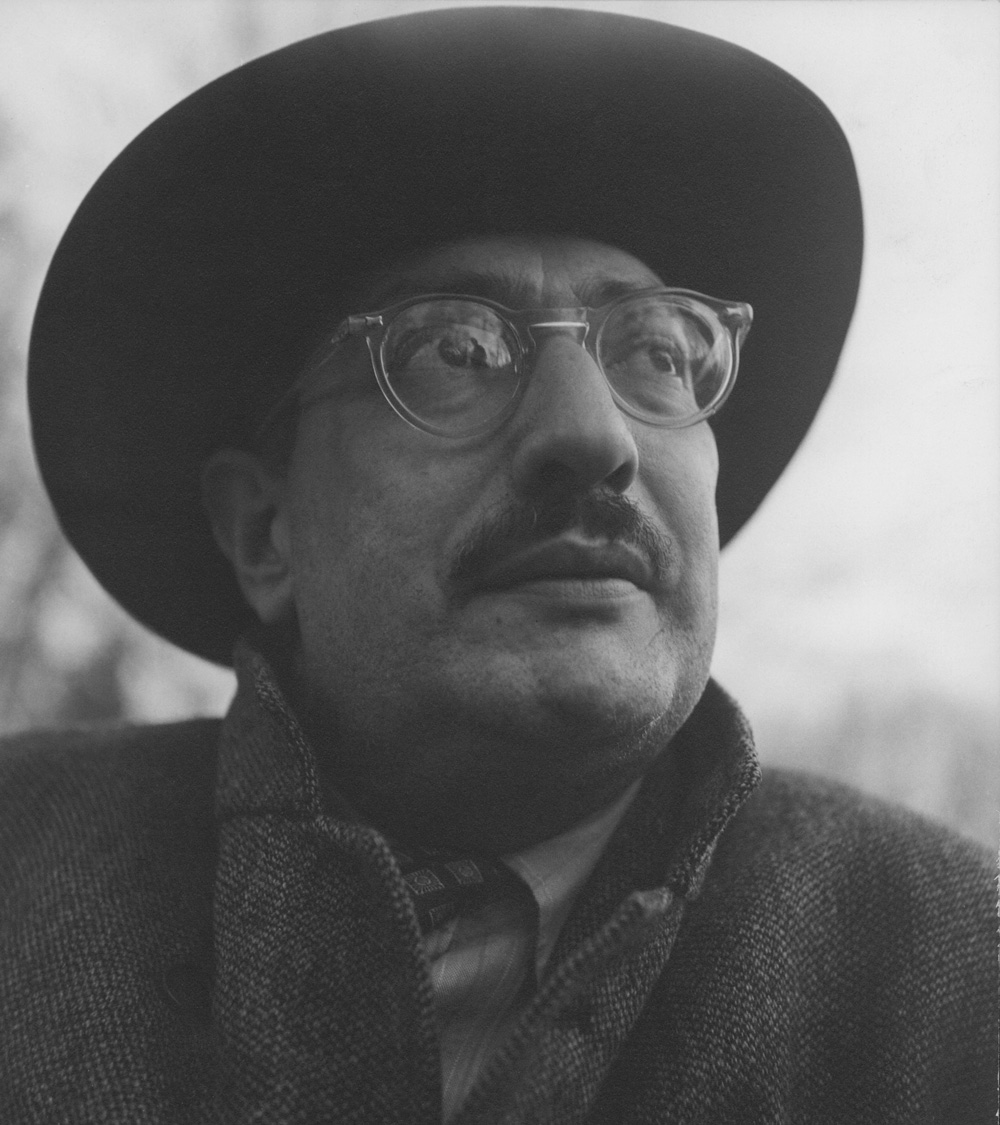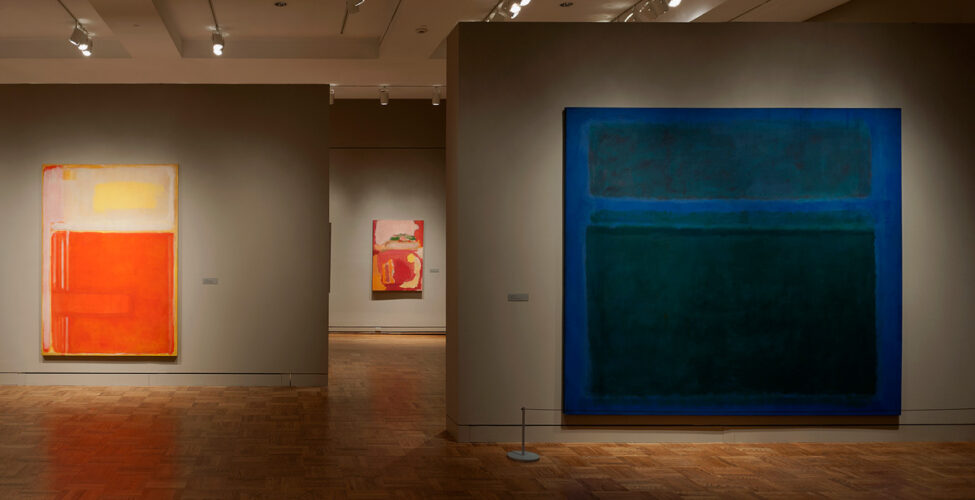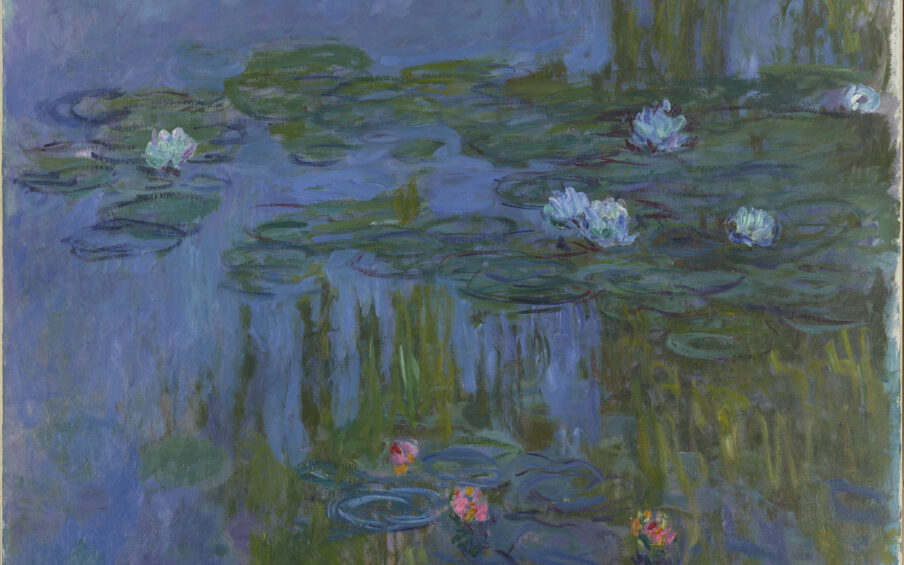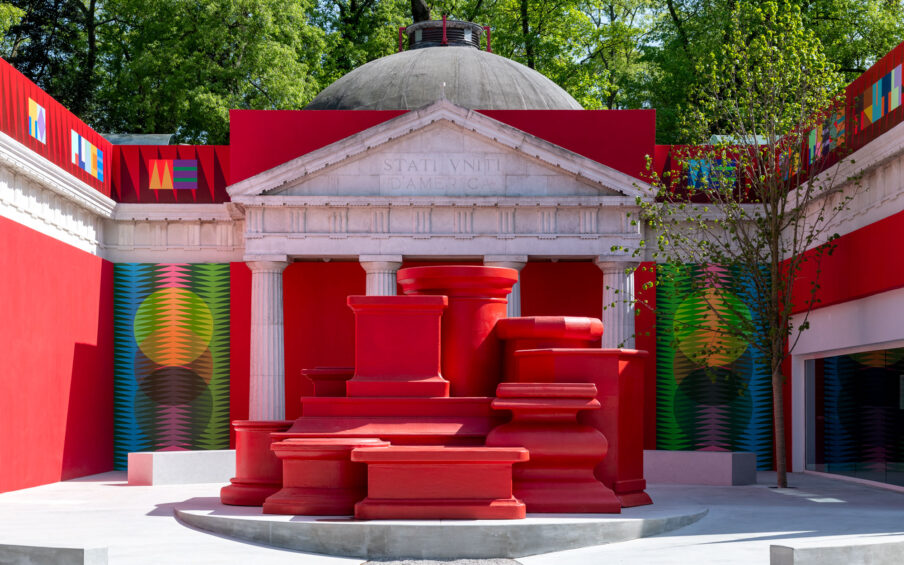At the center of the Museum’s expansion and renovation project is the stunning three-story Mark Rothko Pavilion. The pavilion is named in recognition of painter Mark Rothko’s legacy in Portland—his home as a youth after immigrating from Latvia—and his connection to the Museum, where he took his first art classes and received his first solo exhibition.
The Mark Rothko Pavilion was made possible by two remarkable opportunities. The project’s lead donor asked to name the building for an artist instead of the donor; this in turn opened the door to a first-of-its-kind partnership with the children of Mark Rothko, Christopher Rothko and Kate Rothko Prizel. The partnership includes the loan to the Museum of major paintings by Mark Rothko from their private collection. The paintings will be loaned individually in rotation over the course of the next two decades, and displayed in a specially designated space within the Museum’s galleries.

Mark Rothko was born Marcus Rothkowitz in Dvinsk, Russia (today Daugavpils, Latvia), on September 25, 1903. Rothko and his family immigrated to the United States when he was 10 years old, and settled in Portland where he attended Shattuck Grade School and Lincoln High School.
Rothko attended Yale University in 1921 with an initial intention to become an engineer or attorney. After giving up his studies in 1923, he moved to New York City where he attended classes at the Art Students League. Rothko was given his first solo exhibition in 1933 here at the Portland Art Museum, followed a few months later by an exhibition at the Contemporary Arts Gallery in New York. His early work in landscapes, and later abstract compositions and watercolors, developed into his now-signature style—multi-layered oil paintings with vertically aligned rectangular forms set within a colored field.
Physically ill and suffering from depression, Rothko took his own life on February 25, 1970. At the time of his death, he was widely recognized in Europe and America for his central role in the development of nonrepresentational art. Through his sustained commitment to this artistic vision, Rothko worked tirelessly to create paintings that could transport the viewers’ imaginations and transform their perspectives.
“Our family is thrilled to enter into this partnership with the Museum. Portland played a formative role in my father’s youth, and we are eager to share these works with the public and give Rothko a more active role in the vibrant cultural life of this city,” said Christopher Rothko, the artist’s son. “Our hope is that visitors will take the time to pause and engage with each of these paintings, and to participate in the process of ‘slow-looking’ that the Museum has championed.”



